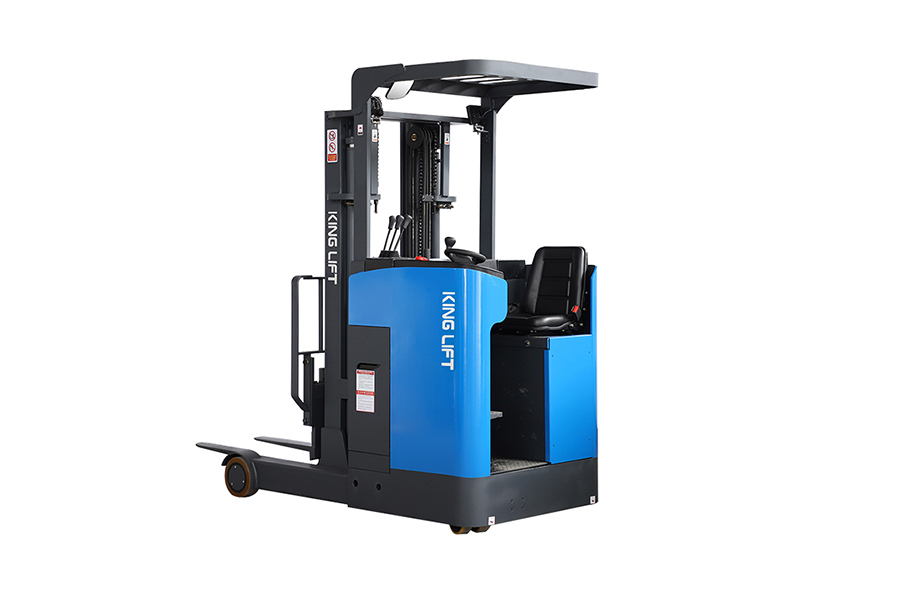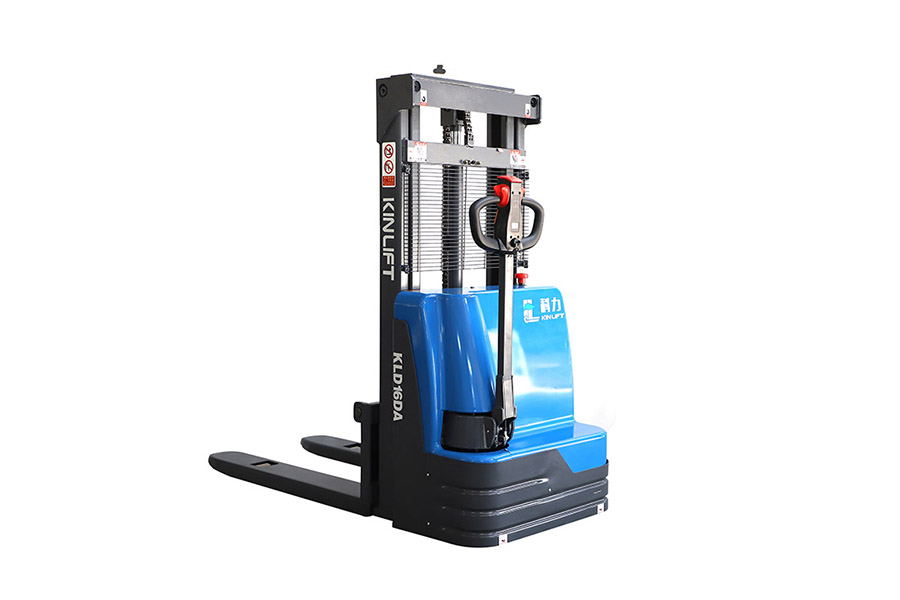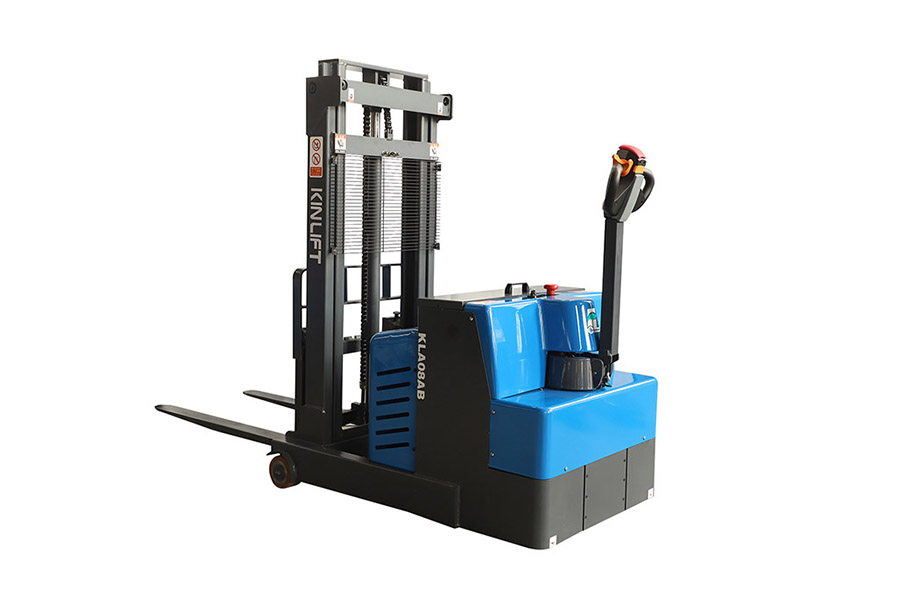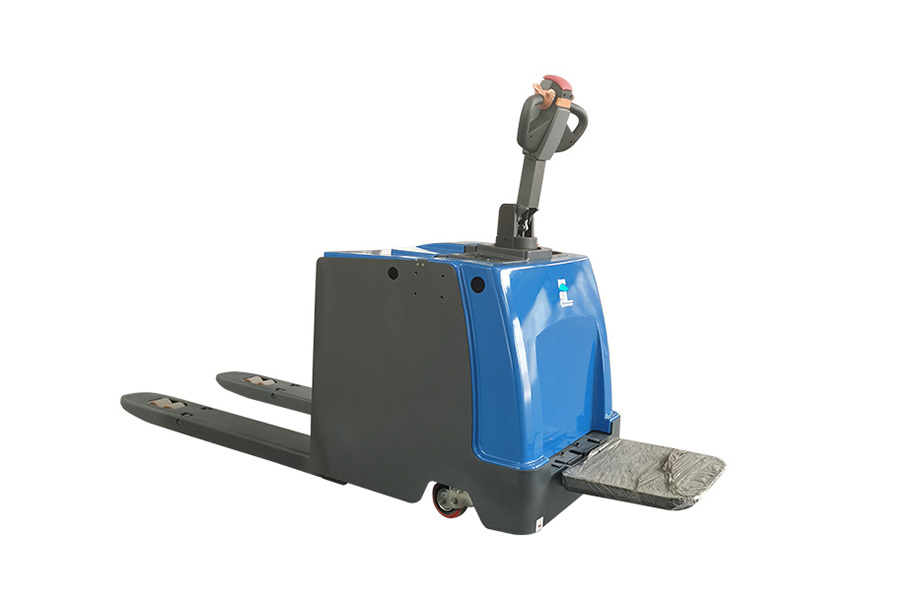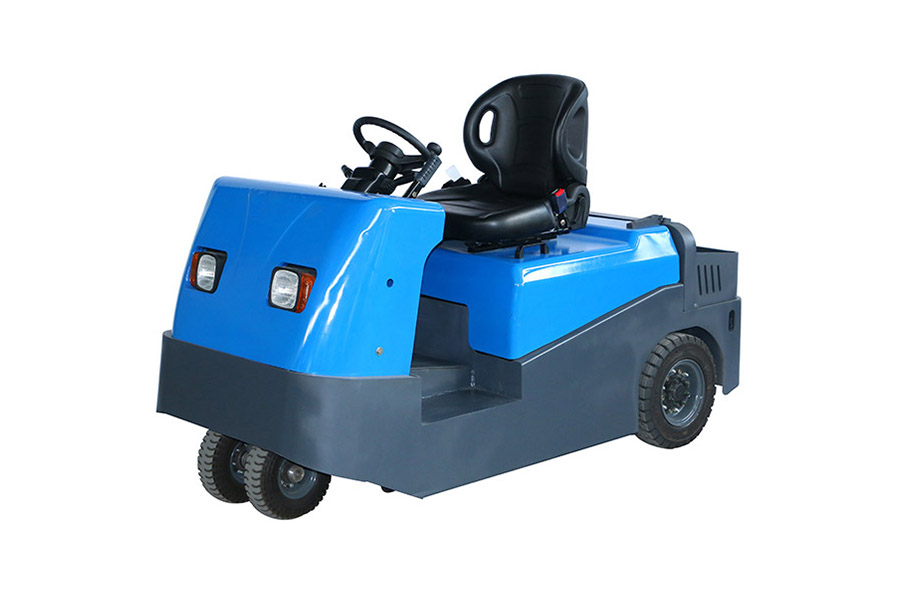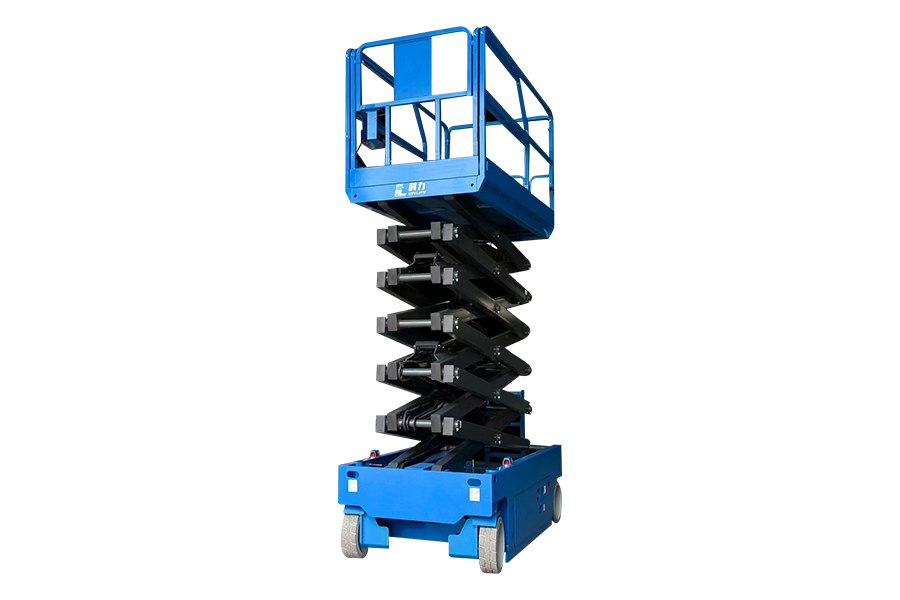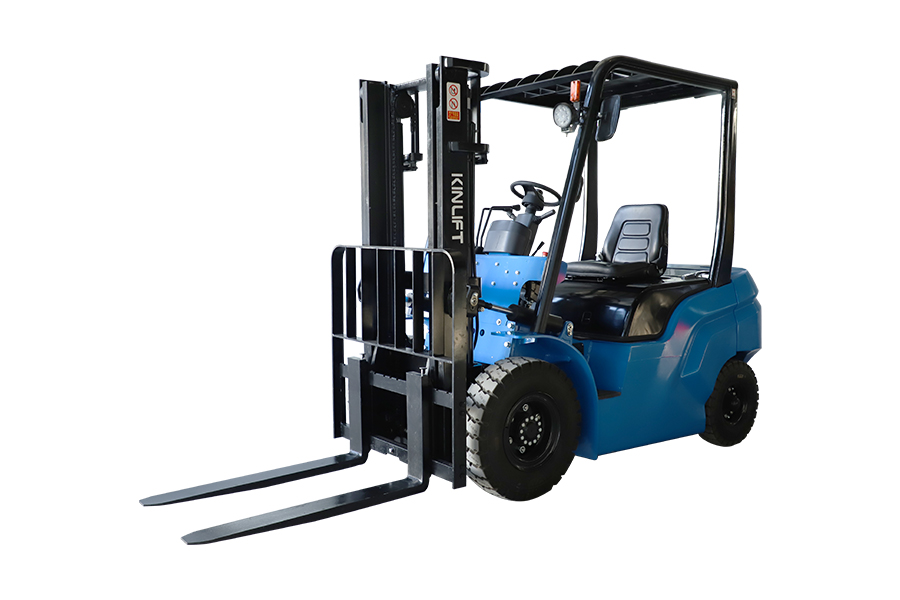Home / News / Industry News / Enhancing Efficiency and Energy Consumption of Electric Counterbalance Forklifts
Electric counterbalance forklifts are pivotal assets in various industries, offering a blend of maneuverability, load-handling capabilities, and environmental friendliness. However, optimizing their efficiency while minimizing energy consumption remains a persistent challenge. In this article, we delve into strategies to address these concerns, considering environmental sustainability, cost-effectiveness, and market trends.
1. Environmental Sustainability:
Electric counterbalance forklifts hold a distinct advantage over their fuel-driven counterparts in terms of environmental impact. They produce zero emissions during operation, contributing to cleaner indoor and outdoor air quality. To further enhance sustainability, manufacturers are exploring advancements in battery technology, such as lithium-ion batteries, which offer longer life cycles and faster charging times. Additionally, integrating regenerative braking systems can capture and store energy during deceleration, extending battery life and reducing overall energy consumption.
2. Cost-Effectiveness:
Despite the initial investment required for electric counterbalance forklifts, their long-term cost-effectiveness is notable. Lower maintenance costs, owing to fewer moving parts and simplified drivetrains, contribute to significant savings over the lifespan of the equipment. Moreover, the rising cost of fossil fuels and increasing regulatory pressures on emissions drive businesses towards electric alternatives. Implementing energy management systems and conducting regular maintenance can further optimize operational costs and extend the longevity of the equipment.
3. Market Trends:
The global market for electric counterbalance forklifts is witnessing steady growth, fueled by increasing awareness of environmental concerns and a shift towards sustainable practices. Market players are responding by introducing innovative features such as telematics and IoT-enabled solutions, enabling remote monitoring, predictive maintenance, and performance optimization. Furthermore, manufacturers are expanding their product lines to include a diverse range of electric forklift models tailored to specific industry needs, from compact warehouse settings to outdoor applications.
Enhancing the efficiency and reducing the energy consumption of electric counterbalance forklifts is crucial for businesses aiming to achieve sustainability targets and cost savings. By leveraging advancements in battery technology, implementing energy-efficient features, and adapting to evolving market trends, companies can not only minimize their environmental footprint but also enhance their competitiveness in a rapidly evolving landscape.



 English
English русский
русский